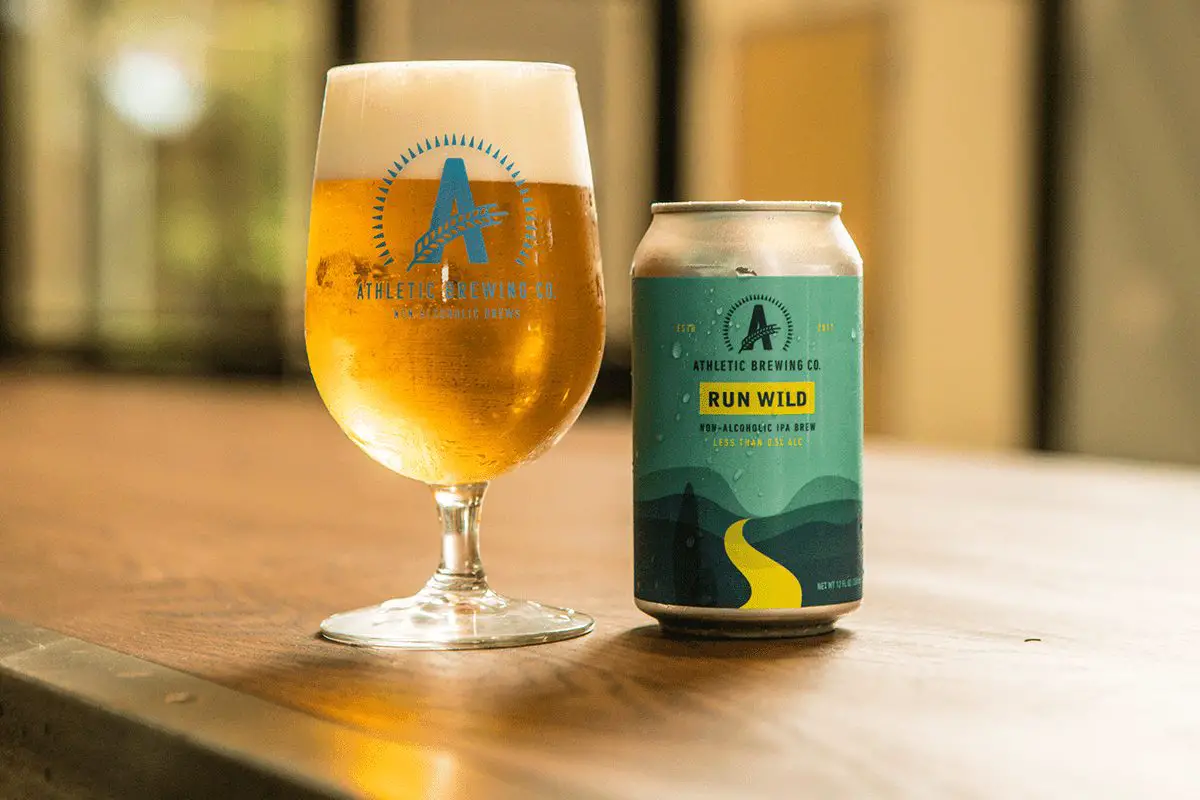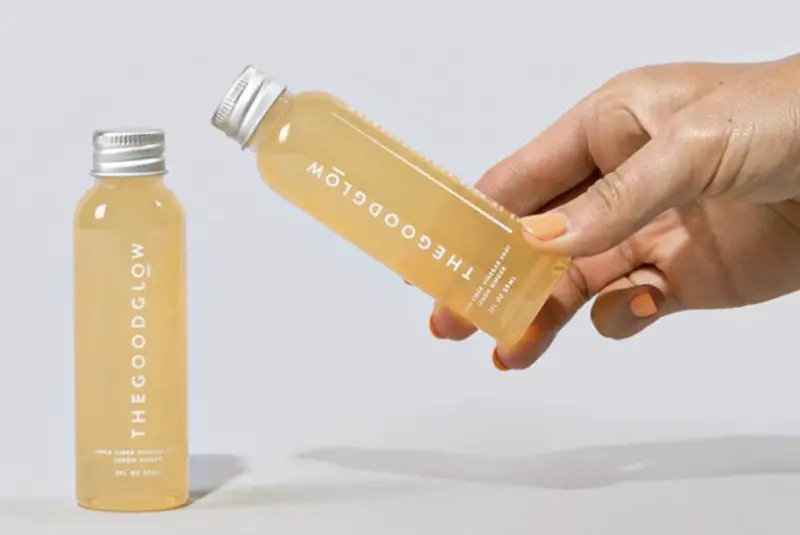It’s hard to imagine life without pickles — those crunchy delights straight out of the jar, the tangy, sweet surprises tucked into a burger, or the sliced spears served fresh, ready for the tasting on the side of your plate.
When we hear the word “pickle” we tend to think of the classic cucumber variety (which goes by “gherkin” if you’re passing through the UK or Ireland), but there are plenty of other pickled foods, like vegetables, fruits and even meats, that can make the transformation, too.
With a bounty of fresh produce available now as we approach the peak harvest season, there could not be a better time to learn how to pickle.
How to pickle
Pickling is the process of preserving or extending the lifespan of food by either anaerobic (without oxygen) fermentation in brine or immersion in vinegar. Both methods affect the food’s texture and flavor and are easy to do. To use cucumbers as an example, immerse the cucumbers in brine (a mixture of water and salt to preserve vegetables) or vinegar, and leave them to ferment for a period of time, typically at least 24 hours and up to one week.
History of the pickle
While the exact origin of the pickle is a little unclear, historians can date pickling all the way back to 2400 BC, when archeologists and anthropologists believe the ancient Mesopotamians first pickled. Around 2030 BC, an influx of cucumbers from India helped begin a tradition of pickling in the Tigris Valley, the results of which were enjoyed as a delicacy.
Pickles were brought to the New World by Christopher Columbus, who is known to have grown cucumbers for the purpose of pickling on the island of Haiti. Columbus wasn’t the only famous fellow in history to be a fan of the pickle, though. Napoleon was said to have valued pickles as a health asset for his armies, so much so that he offered the equivalent of $250,000 to anyone who could develop a way to preserve the food safely. The man who won the prize in 1809 was a confectioner named Nicholas Appert, who figured out that if you removed the air from a bottle and boiled it, the food wouldn’t spoil. His discovery is regarded as one of the most influential culinary contributions in history.
Why eat pickles
Made popular in the U.S. through Jewish immigrants who came to New York from eastern Europe, pickles are used by Jewish delis as a palate cleanser. Not only does that vinegary taste lift flavors and prep your taste buds to appreciate the next bite, but fermented and pickled vegetables also act as a natural digestif and have a number of health benefits.
When fruits and vegetables are fermented, healthy bacteria break down the natural sugars. This process is what gives fermented pickles, sauerkraut and kimchi their sour taste. These bacteria, also known as probiotics, not only preserve foods but also have many health benefits for your body, particularly your gut. And a healthy gut has myriad benefits to your overall health—including, believe it or not, your mental health. Yes, maintaining the right balance of bacteria and other microorganisms in your gut is vital for both physical (immune system) and mental health.
4 Reasons to Pick Pickled Foods:
1. Pickles lighten up hearty burgers and sandwiches.

Make a date with B&B Mini Burgers at Bird & The Bottle in SF where savory burger flavors — including American cheese, grilled onions and a secret sauce — are made even tastier with a tangy kick of pickle.

A hearty pulled pork sandwich like the one at Sweet Cheeks Q in Boston, delivered on hot griddled Texas toast (extra thick sandwich bread) or a bulkie (a New England-style sandwich roll) is perfectly balanced alongside a healthy serving of pickles and onions.

Pickled shallots bump up the flavor of Maple Block Meat Co.’s signature sliced brisket sandwich in LA, piled with red cabbage slaw and green sauce and served alongside mac and cheese, plus (more!) pickles.

Made with roasted pork, ham, chicharron (fried pork belly), Dijon mayo and house-made pickles, the Cuban Media Noche at Sunny Spot in Los Angeles is blanketed in mouthwatering Gruyere cheese and served with a side of plantain chips.
2. Lots of things can be pickled

L&W Oyster Co. in NYC proves they can pickle almost anything and the results are delicious. Try the Lobster BLT bacon, arugula, tomato, Sriracha aioli and pickled garlic or the Avocado Grilled Cheese tieh Baby Swiss, Chilmole (black mole sauce), arugula pesto, semolina and pickled onion.

Get dressed up for some Fancy Radishes at Vedge in Philadelphia, prepared with smoked tamari, avocado, pickled tofu and shishito pepper.

Made with Hungarian paprika, beets, pickles and fried capers, the Beet Pickled Devil Eggs are a bright and delicious addition to the table at Early Society in Chicago.

Get your pickle fix at At Abe Fisher in Philadelphia with the Chopped liver toasted rye, served with pastrami-onion jam and pickled onions, or even The Abe Fisher Cocktail, made with Beefeater gin, Dolin Dry and Dolin Blanc vermouths and dill pickle juice.

Comfort food go-to Birds & Bubbles wouldn’t be complete without some pickle action in dish favorites, like the Baby Kale salad with beluga lentils, deviled egg sauce, pickled onion, frisee and candied sunflower seeds.
3. Pickles can be salty, sweet or both

A classic New England plate in the summertime, the lobster roll at B&G Oysters in Boston comes on a beautifully buttered roll with fresh lobster and optional bacon, sweet and tangy butter pickles (made with sugar, vinegar, onions and spices) and French fries on the side.

The Banh Mi at Little Sister in LA brings together the basic French baguette with Vietnamese-inspired meats — cold cuts, lemongrass chicken or spiced brisket — and tops it off with plenty of light, fresh vegetables including sliced cucumber, cilantro jalapeño and delicious, tart-sweet pickled daikon radish.
4. Pickles go great with spicy and fried foods

Southeast Asian-inspired Tiger Mama in Boston delivers a Khao Soi Chicken Drum dish made with crispy chicken, khao soi (soup) broth, shallots and lime served atop pickled greens.

At Kyirisan in Washington D.C., go for the Deep Fried Tofu with black pepper sauce, scallion and pickled carrot for an extra kick of flavor.

The Fat Ham in Philly dishes out a delicious fried chicken for those who like to spice things up. Swing by this Southern-inspired favorite for some Hot Chicken — a favorite of Chef Kevin Sbraga’s — on brioche with ranch dressing and dill pickles.



